70 Historical Fiction Prompts for Teens: Story Hooks, Titles, and Characters Across the Ages
When I was a teenager, I devoured Philippa Gregory novels like The Other Boleyn Girl. I’d rewatch Marie Antoinette for the costumes and the drama. Even now, I can’t resist a period drama - the secrets, the stakes, the sense of stepping into a world just out of reach. That’s what historical fiction offers young writers: the chance to imagine the lives behind the history books.
These prompts are for students and writers who want more than just timelines and facts. From royal courts to wartime letters, forgotten villages to silent rebellions, this collection gives you character sparks, vivid titles, and atmospheric settings to help you write history with heart.
1. Plot Hooks
These historical “Write a story about…” prompts give students the freedom to explore character, voice, and stakes while grounding the story in a past setting. Ideal for narrative units or creative projects spanning various time periods:
Write a story about a servant who uncovers a dangerous secret in a noble household.
Write a story about a girl posing as her brother to fight in a war.
Write a story about a letter that was never delivered, and could have changed history.
Write a story about a boy accused of witchcraft in a time of fear.
Write a story where a young dressmaker hides coded messages in her embroidery.
Write a story about a child who escapes an orphanage with only a pocket watch and a name.
Write a story where two strangers swap identities on a ship bound for a new country.
Write a story about a spy posing as a governess in a royal court.
Write a story where a soldier’s journal reveals something no one expected.
Write a story about a girl who keeps a secret apothecary hidden behind a chapel wall.
2. Title Prompts
These titles offer tone and time without giving too much away. They work brilliantly for creative writing warm-ups, short stories, or blurb-writing practice:
The Widow’s Ink
A Crown of Dust
The Quiet Rebellion
Before the Treaty
The Letter
The Witch’s Daughter
Between the Pages and the Gallows
The Dressmaker’s Code
His Lordship’s Silence
The Night of the Feathered Mask
3. Opening Lines
These first lines drop students directly into moments of change, tension, or atmosphere and are ideal for writing flash fiction or building voice.
The bread was stale, the boots too tight, and the soldier at the gate hadn’t blinked in hours.
She had never been addressed as “my lady” before today.
The sea air smelled like freedom, but the chains said otherwise.
They burned her books first.
His name wasn’t on the list, and that’s why she noticed.
They told me to keep my head down.
I found the photograph tucked behind the portrait of the queen.
The ballroom was silent, except for the ticking of her mother’s watch.
When the last candle went out, I knew we had to run.
I wasn’t supposed to be on this ship.
4. Closing Lines
These closing lines are designed for endings that resonate, whether they are bittersweet, bold, or quietly powerful:
And in the end, she walked away with nothing but the truth.
The bells rang for someone else, but I knew they were meant for me.
We stitched the future into the hem.
I buried the key beneath the rose bush, just like she told me.
He was gone, but the story remained.
They never found the map or the girl who drew it.
We were silent, but we were not broken.
I left the letter on the windowsill.
I wore the dress she made me, and I danced like she never could.
Nobody remembered the girl in the green cloak, but I did.
5. Character Ideas
Historical fiction thrives on the untold. These characters offer fresh perspectives and emotional entry points into familiar (or forgotten) time periods:
A young maid who can read and secretly copies her master’s letters.
A chimney sweep who sees more than he should.
A girl raised in a monastery, hiding her true identity.
A soldier’s wife who writes speeches under a false name.
A printing press apprentice caught smuggling banned books.
A tax collector who questions his orders after one quiet rebellion.
A plague doctor’s assistant.
A street performer who hears palace gossip before the newspapers do.
A scholar’s daughter who wants to study but must disguise herself to do it.
A man wrongly sentenced to transportation.
6. Setting Prompts
These evocative places are filled with sensory detail and hidden drama. Use them as backdrops for full stories or descriptive writing warm-ups.
A French château with one locked room.
A village preparing for a royal visit.
A crumbling theatre on the eve of war.
A train station where no one speaks your language.
A Victorian asylum with ornate wallpaper and dark hallways.
A factory in the middle of a strike.
A post office on the frontline.
A bustling Roman market, the morning before an assassination.
A ship bound for Ellis Island.
A city square during a revolution, with torn posters and scattered leaflets.
7. Picture Prompts
Historical fiction comes alive when students can see the world they’re writing in. These image prompts are designed to be more than just atmospheric - they're immersive, specific, and rooted in real moments across time. From candlelit palaces to silent fallout zones, each visual opens a doorway into a different world. Perfect for high-ability writers, visual learners, or anchoring full story units.
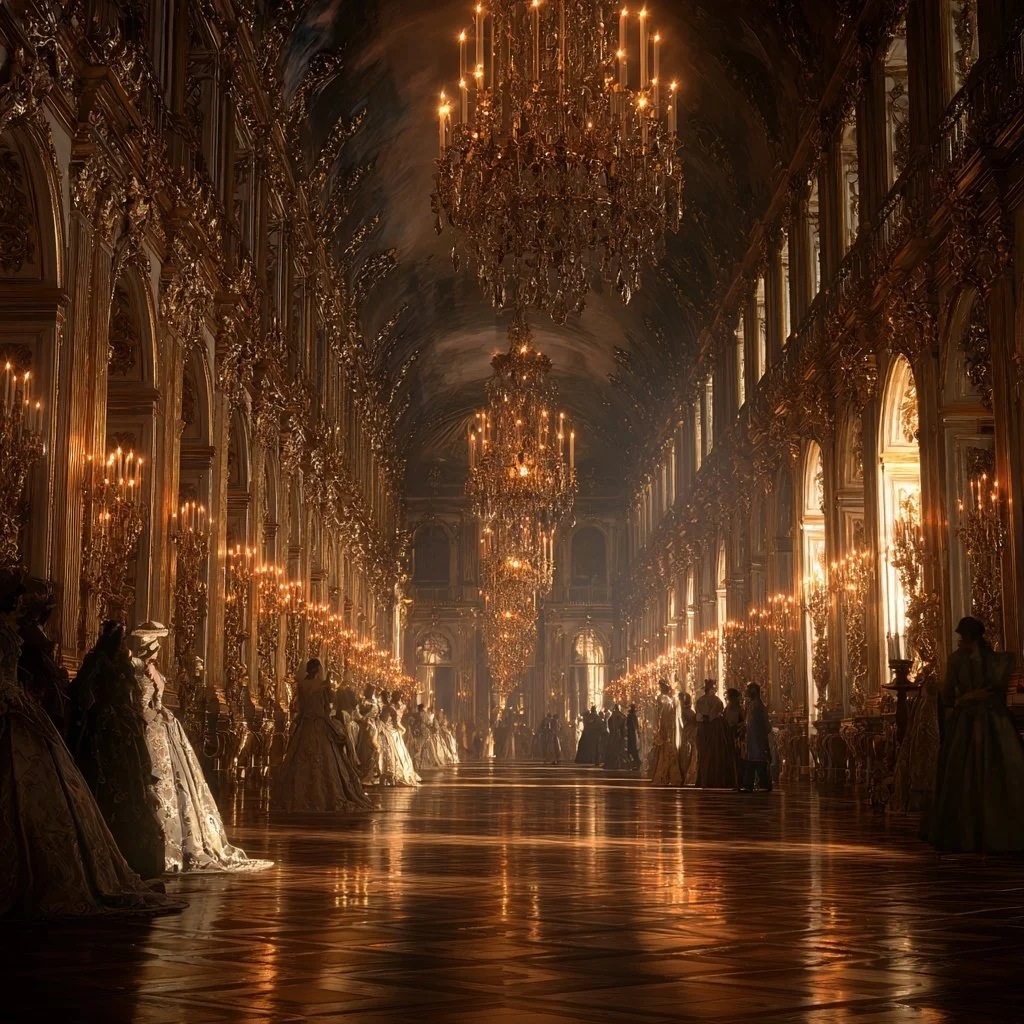

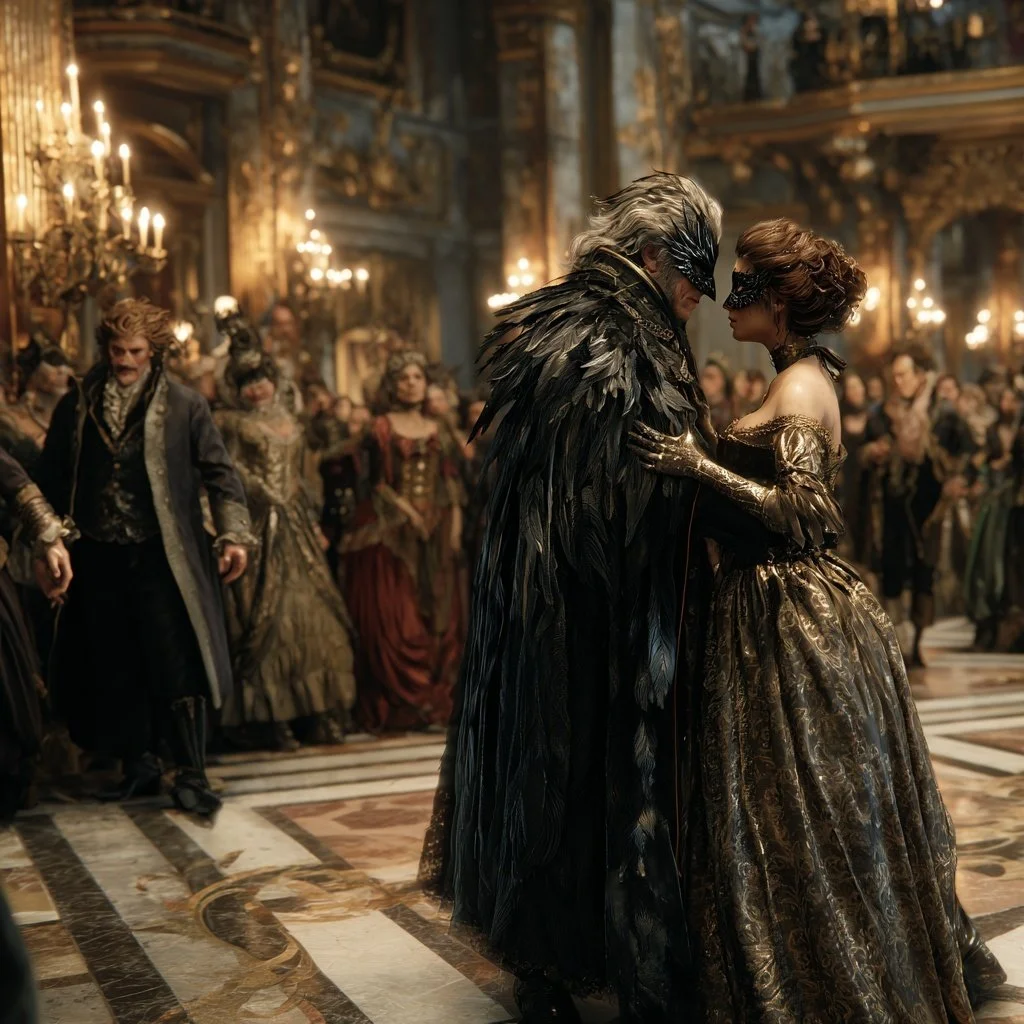
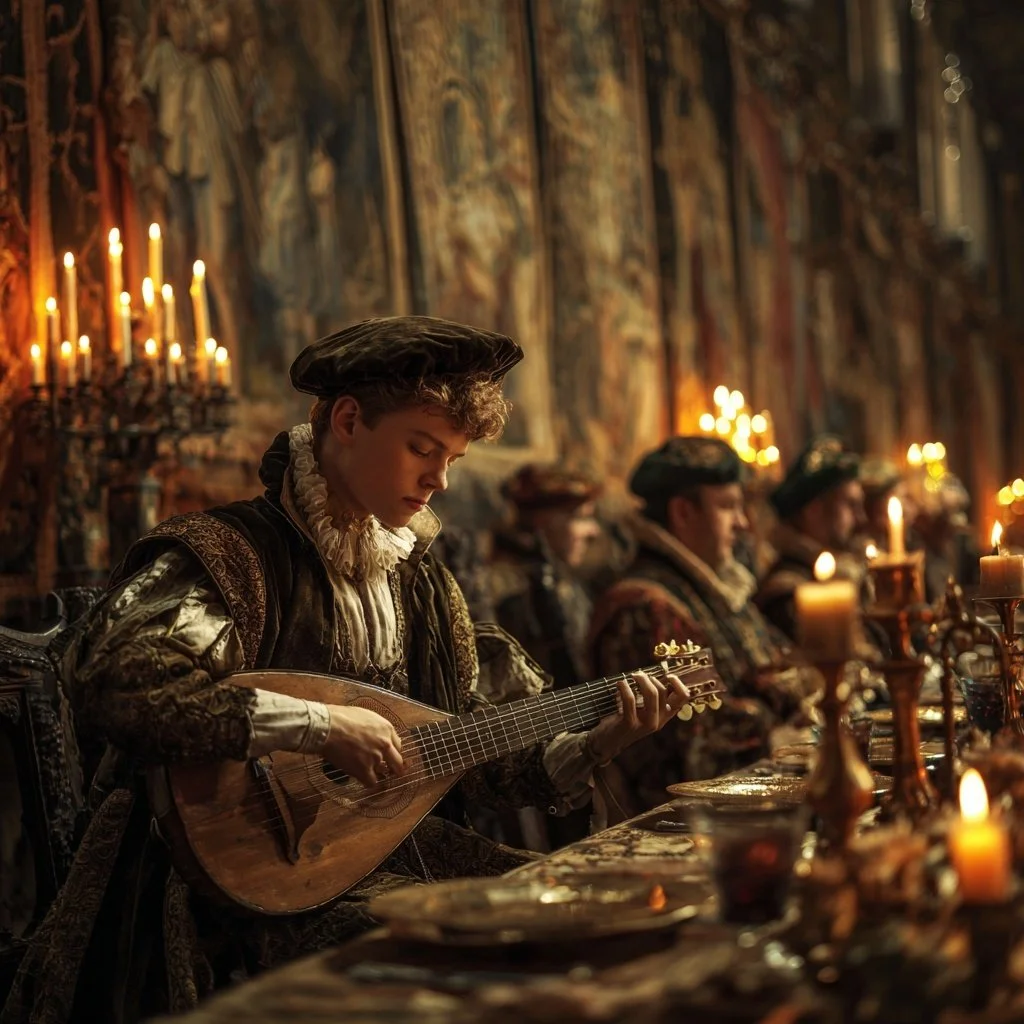
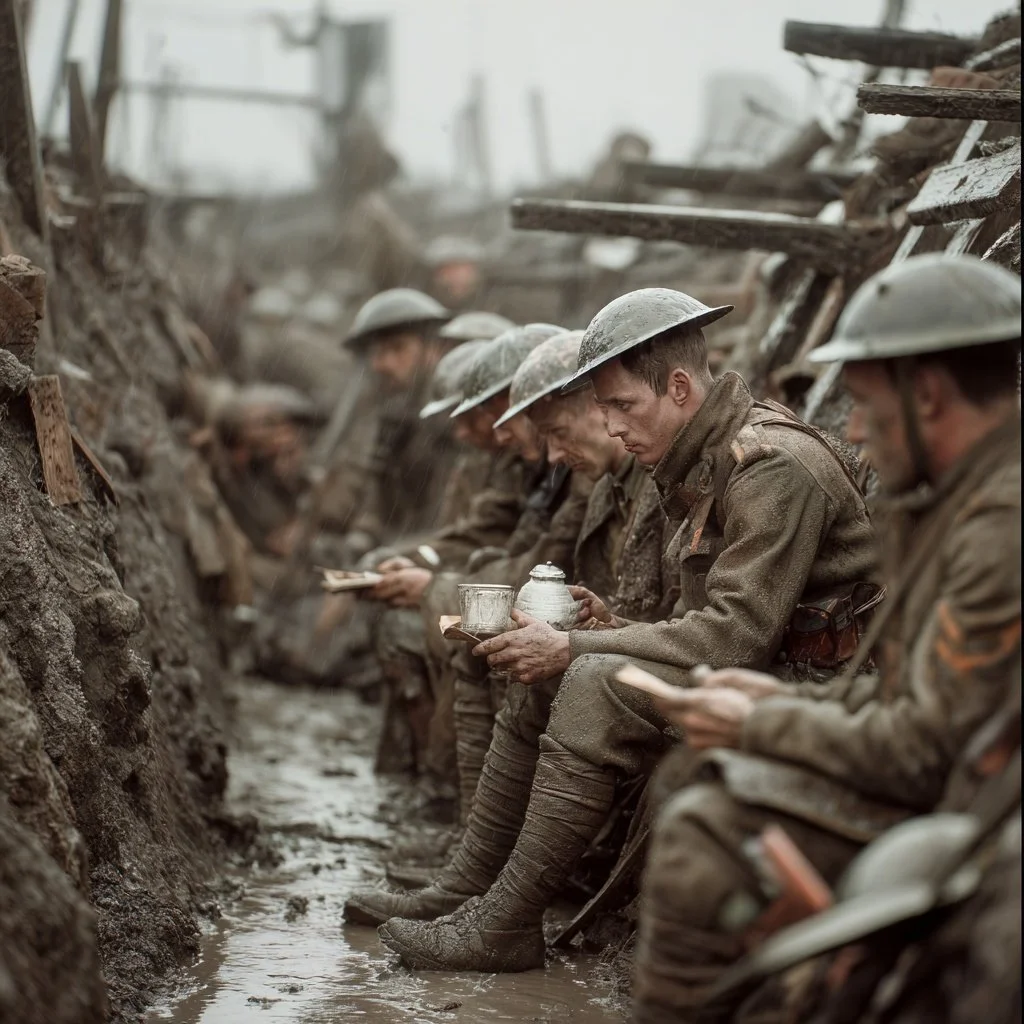

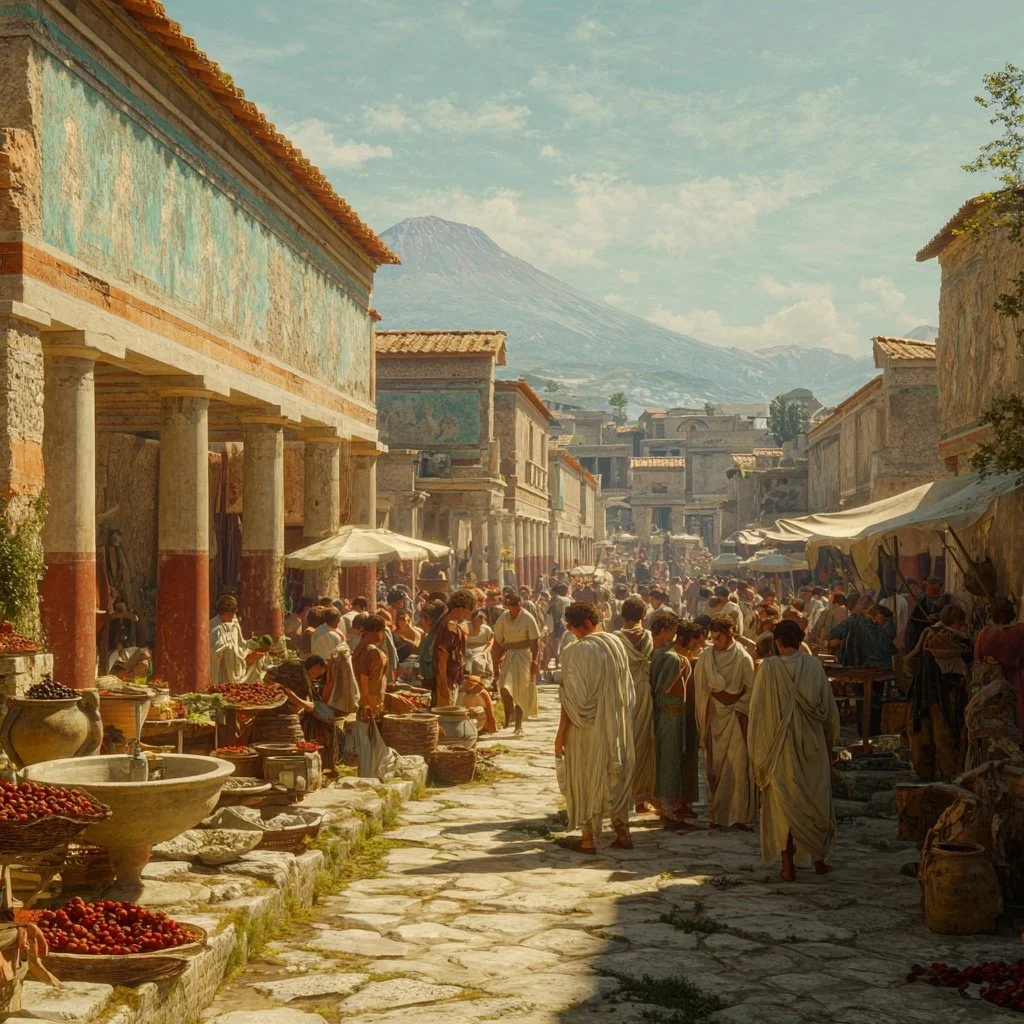
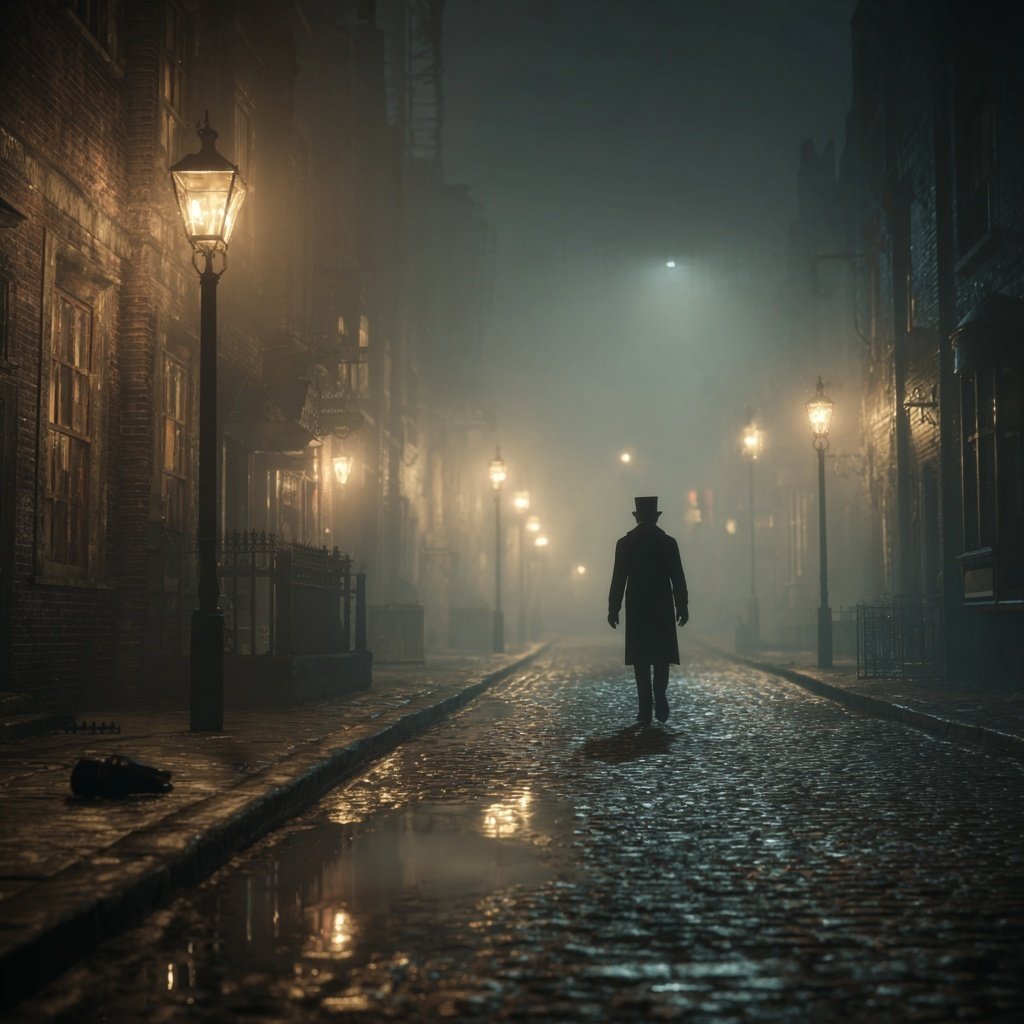
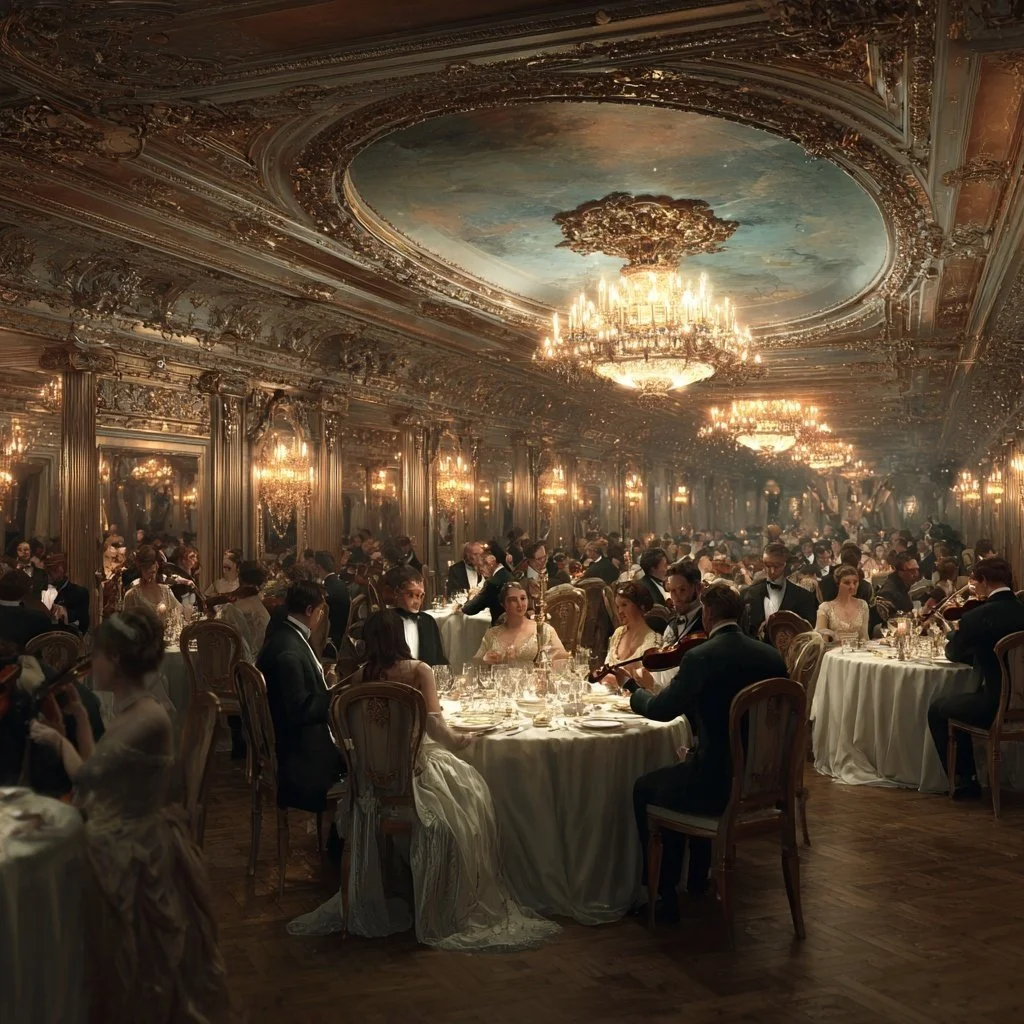

Want a fresh writing spark every day? My Daily Writing Prompts subscription delivers 365 themed prompts plus teacher slides, perfect for keeping creativity flowing year-round.